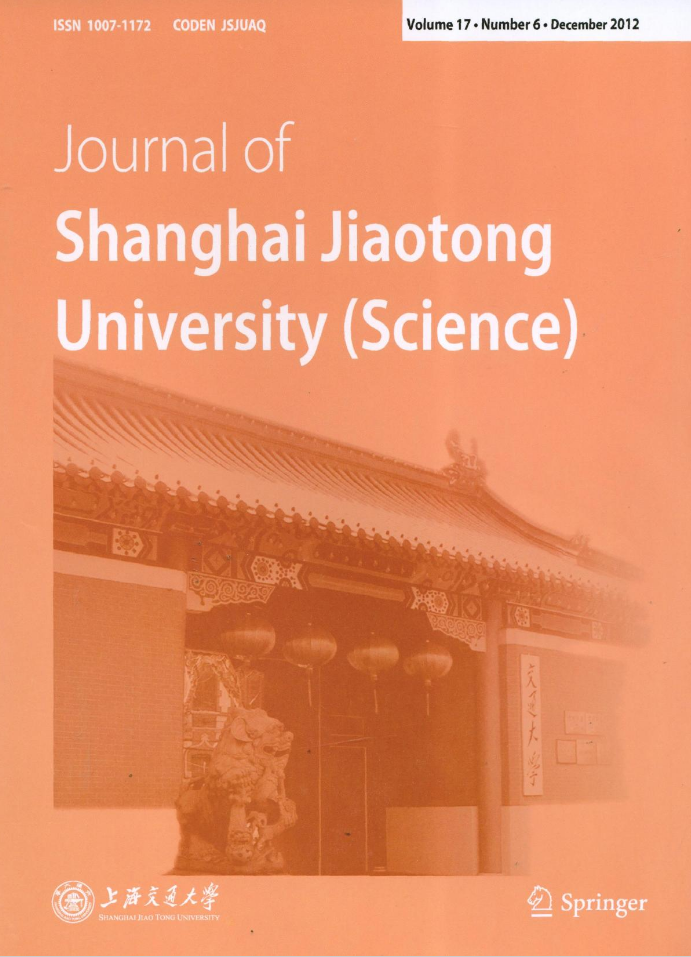|
|
Survey on Arteriovenous Fistula in Maintenance Hemodialysis Patients with Type 2 Diabetic Nephropathy
WANG Feng1 (王 锋), ZHOU Yang2 (周 阳), LI Jun-hui1 (李军辉), GUI Ding-kun1 (桂定坤),LU Shi3 (陆 石), YAO Yuan-zhang4 (姚源璋), LIU Li-mei5 (刘丽梅), SHENG Xiao-hua1 (盛晓华),PENG Wen6* (彭 文), WANG Nian-song1* (汪年松)
2012, 17 (6):
761-764.
doi: 10.1007/s12204-012-1360-3
This paper summed up the characteristics of native arteriovenous fistulas (AVFs) in maintenance
hemodialysis patients with type 2 diabetic nephropathy (DN) in Chinese hemodialysis centers. A survey was
conducted on AVF in maintenance hemodialysis patients with type 2 DN. A total of 224 cases of maintenance
hemodialysis patients were included in this study, among which, 65 cases in DN group, 33 cases in diabetes
mellitus (DM) group and 126 cases in non-diabetic control (C) group. Hemoglobin, albumin, blood urea nitrogen,
parathyroid hormone and calcium-phosphate product of the three groups of patients were not significantly different.
Glycated hemoglobin A1c of DN group and DM group was not significant different. AVF life of (28.7 ± 10.0)
months in DN group was significantly shorter than that of (36.5 ± 19.4) months in C group (statistic probability
P <0.01), and AVF life of (32.5 ± 10.1) months in DM group (P <0.05) was also shorter than that in C group,
while there was no significant difference in AVF life between DN group and DM group. Proportion of upper arm
fistula in DN patients (11/65) was significantly higher than that in C group (6/123, P < 0.01). Life of AVF in
patients with DN was relatively short, with more times of angioplasty and greater possibility of selecting upper
arm internal fistula.
References |
Related Articles |
Metrics
|

